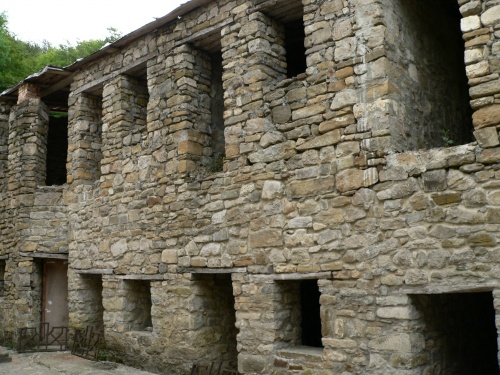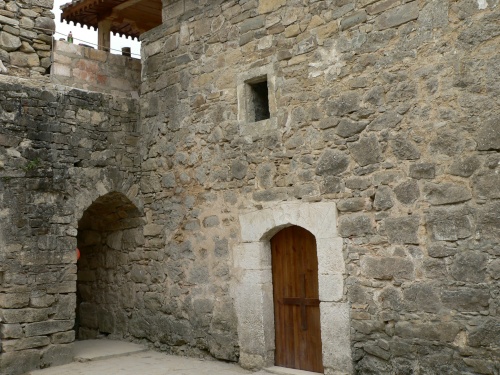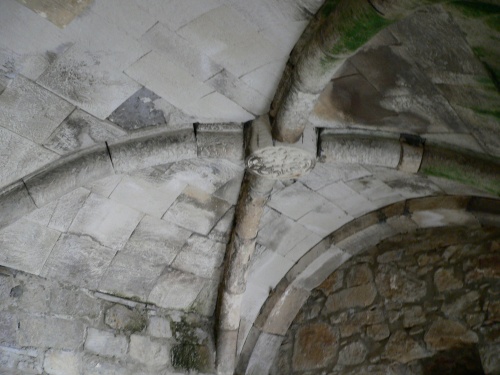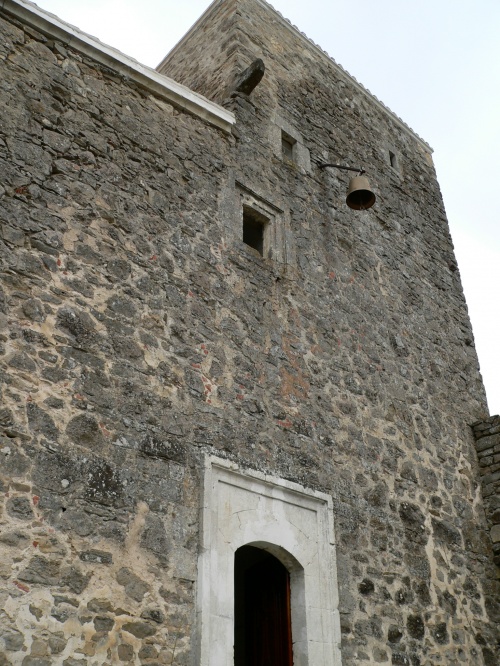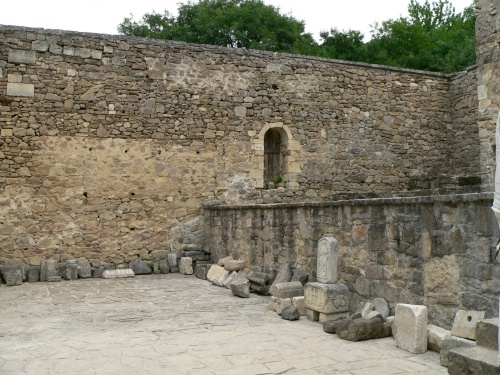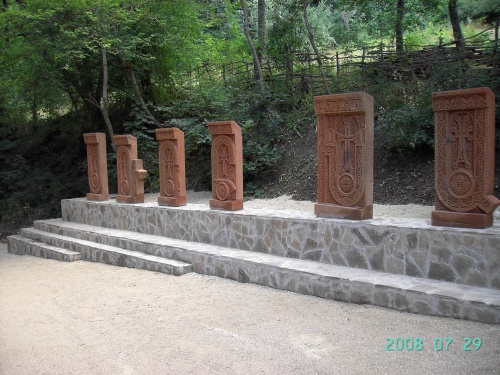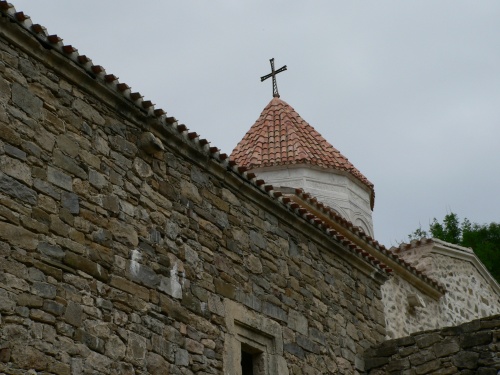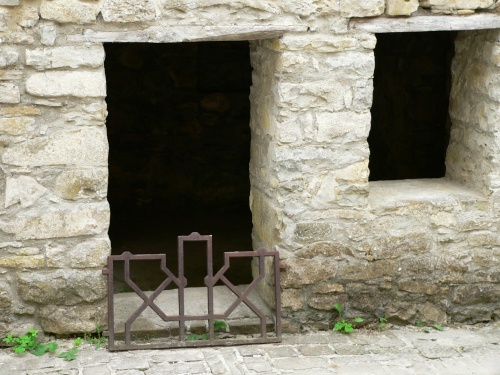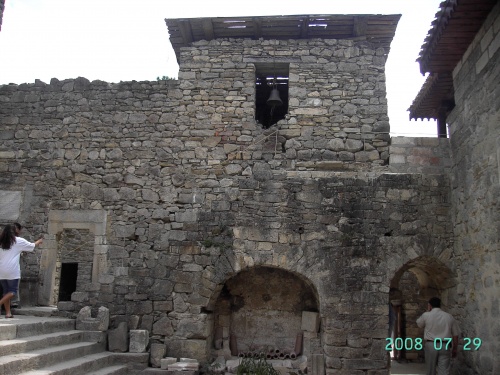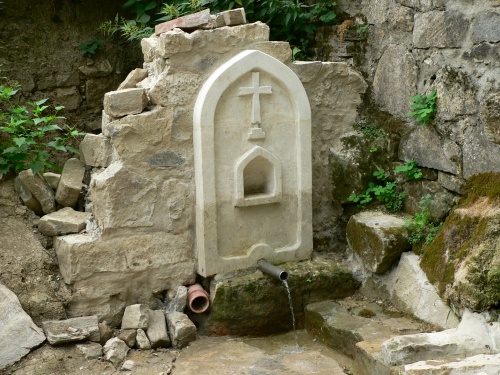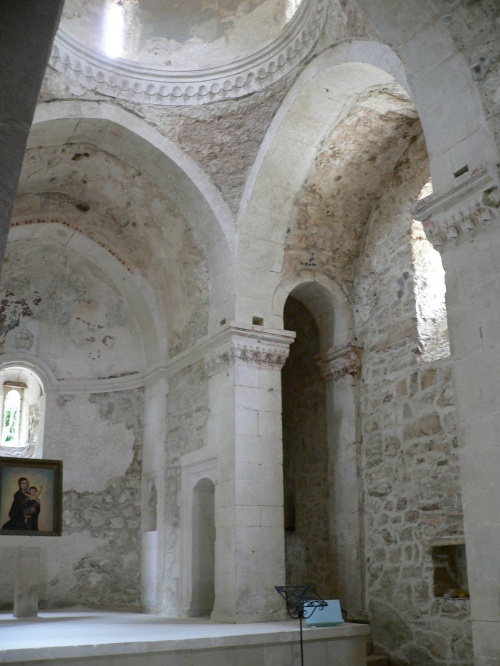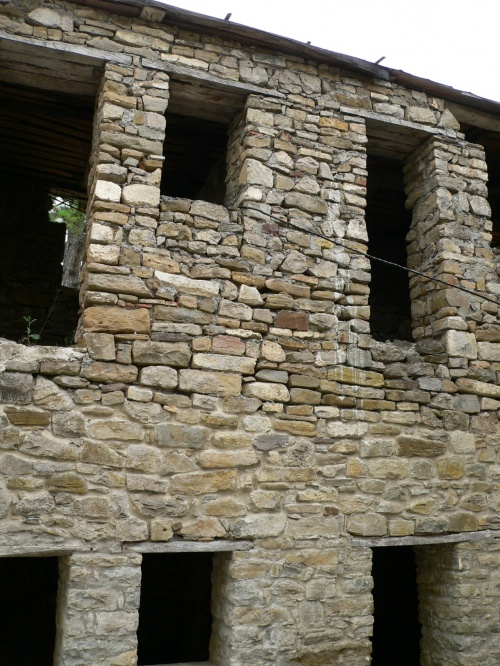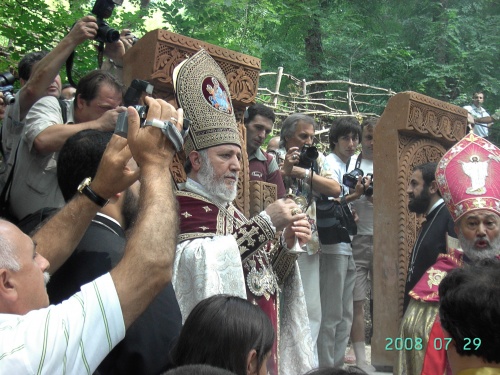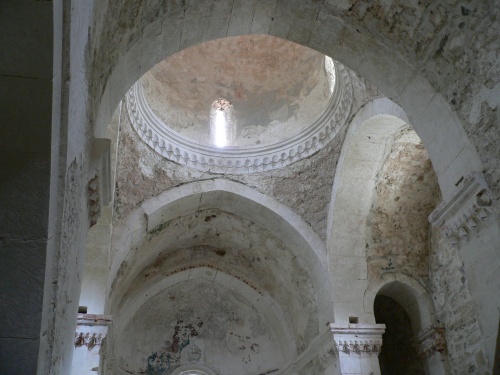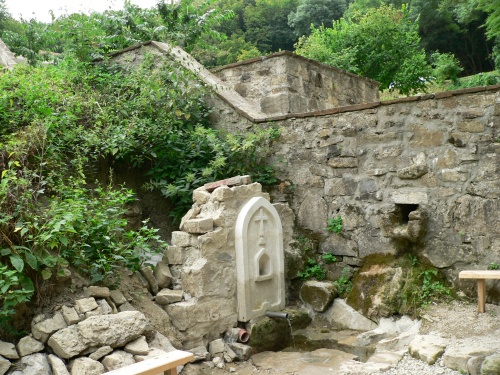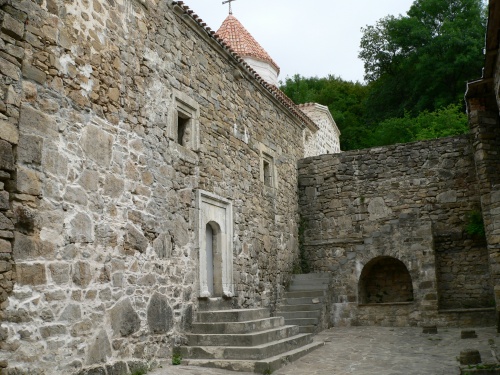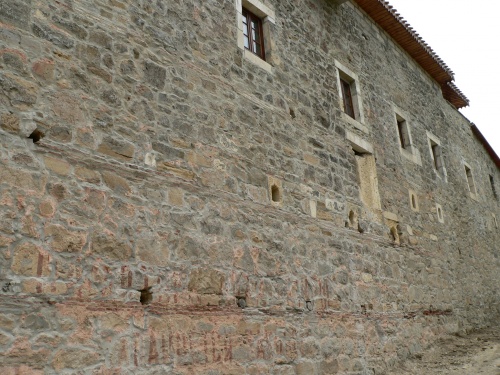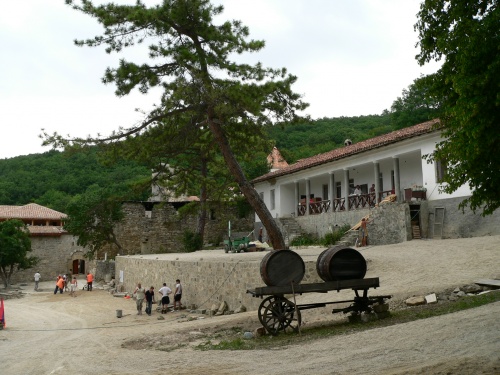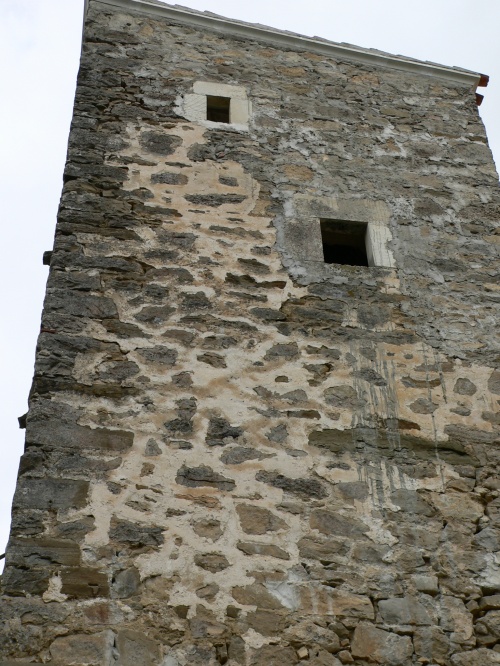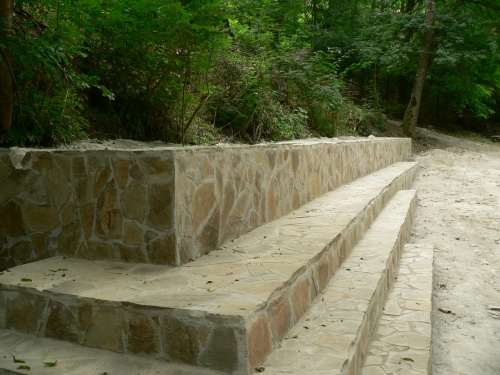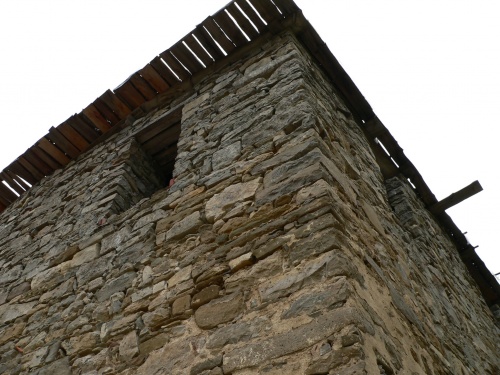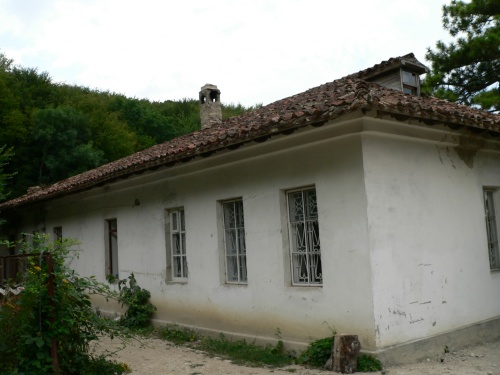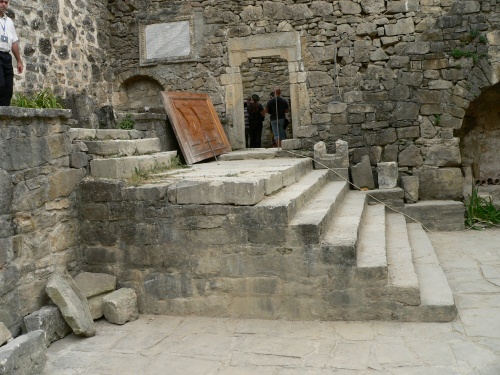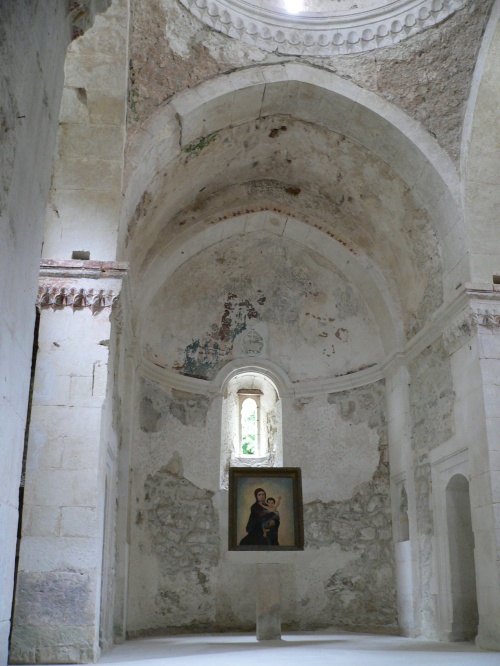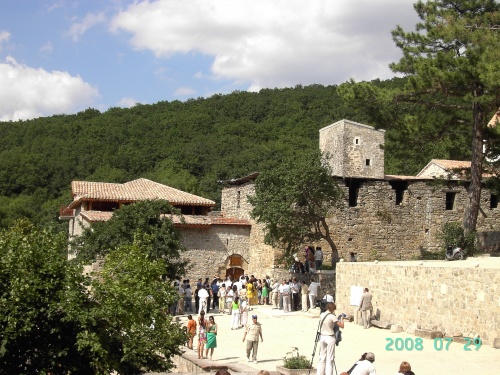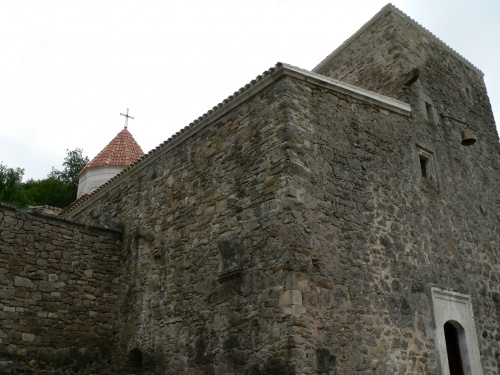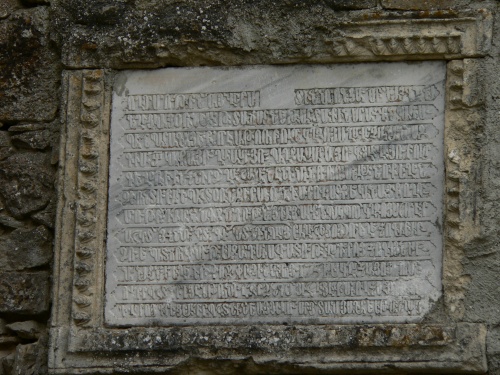Armenian monastery Surb Khach (1358) Crimea (83 photos)
The foundation of the monastery and the establishment of the Diocesan See of the Armenian Apostolic Church in it dates back to the middle of the 14th century. Researchers associate this event with the mass migration of the Armenian population from indigenous Armenia to Crimea and the religious policy of the Genoese, aimed at Catholicizing the subjects of Genoese Gazaria, of which Armenians made up a significant part. According to Academician V. A. Mikaelyan, “the Armenians, as a sign of passive struggle, left Caffa to join their compatriots in other parts of Crimea. This probably necessitated the founding in that period... of the Surb Khach monastery.”
The Turkish invasion of 1475 did not interrupt the spiritual, cultural and educational activities of the monastery. In the 17th-18th centuries, the monastery was rebuilt several times, which is most fully reflected in the construction inscriptions preserved on the walls of the monastery buildings. The monastery becomes one of the main centers of pilgrimage for the Armenian Church in Crimea and the Northern Black Sea region. In the middle of the 18th century, the borders of the diocese, with the center in the monastery, reached Moldova and the Balkan Peninsula. The 18th century author Johann Thunmann, who was in the region, mentions the monastery in his work. In 1778, the clergy left the monastery and, at the head of the flock, moved from Crimea to the Lower Don - to Nakhichevan-on-Don.
At the end of the 18th century, through the efforts of the clergy of the Armenian Church, the monastery was revived. Although the diocesan throne in the Surb-Khach monastery was not renewed, the monastery traditionally retains its significance as the largest spiritual center of the Crimean Armenians. Until the beginning of the 20th century, restoration work was carried out repeatedly in the monastery. Before the revolution of 1917, the monastery owned vast plots of land in the mountainous and steppe parts of the peninsula, a total of more than 4,000 acres.
In 1925, by decree of the Soviet government, the Surb-Khach monastery, as a spiritual institution, was liquidated. After the closure of the monastery, the monastery buildings were transferred to the jurisdiction of Crimea Okhris and on its territory until the Great Patriotic War, there was a pioneer camp and a sanatorium for patients with tuberculosis. During the war years, the monastery's buildings were seriously damaged by fighting and looting. In the post-war period, the monastery buildings were abandoned and, despite some restoration work, were actively destroyed. In the late 80s - 90s of the 20th century, restoration work was carried out in the monastery. In 1994, services were resumed in the Surb Nshan temple. In 2002, by resolution of the Council of Ministers of the ARC, the monastery was returned to the Armenian Apostolic Church. The first irregular services began to be held in 1993. Currently (since December 25, 2009), the vicar of Crimea, Hieromonk Father Khairik, has begun serving in the monastery. In total, in addition to the priest, 2 hierodeacons and several novices serve in the monastery. Open all year round for free visits and pilgrimages.
